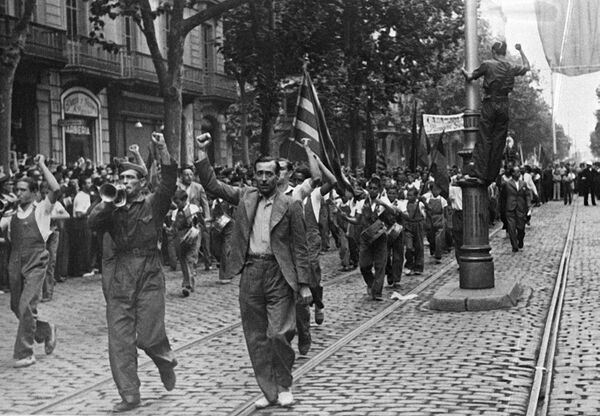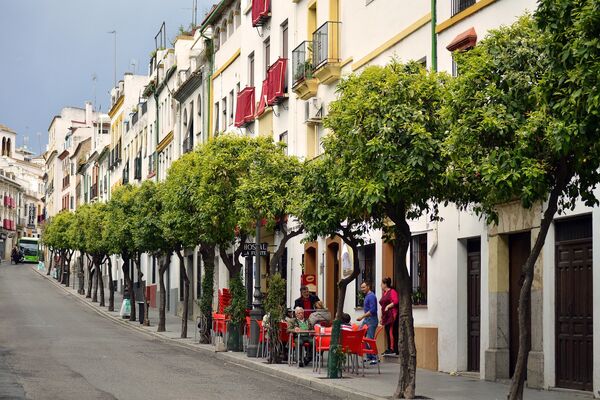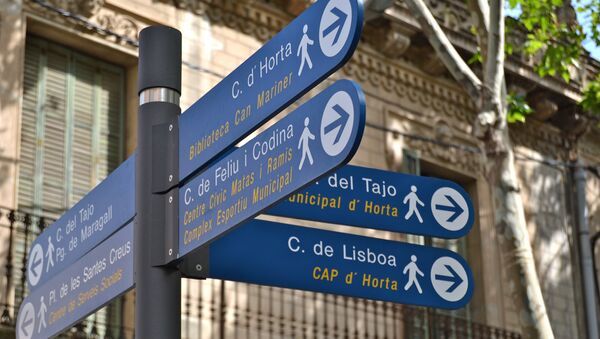Francisco Franco's totalitarian regime was toppled in Spain nearly 40 years ago. However, Franco's legacy is still present in the country with many streets named after regime members like general Jose Millan Astray and Adolfo Munoz Alonso.
A law granted in 2007, allowing the street names to be changed, was not activated until February 2016, then marking the start of the proceedings.
Now cities around the country are renaming them after women.

This is a significant move, as 90 percent of the streets in Spain are named after men. They have decided to honor a number of activists, revolutionaries and civil rights fighters such as Soledad Cazorla, who was the first public prosecutor to specialize in gender violence.

Barcelona experienced a similar trend and in 1996 seven percent of streets were named after women and this increased to 78 percent in 2010.
Valencia too, were keen to increase the presence of femininity along the streets of Spain and will now name 80 percent of their streets after women. The Bilbao, Oviedo and Cádiz plan to follow that example.
However, the lack of streets named after women is not just a Spanish problem; it's also an issue in other European cities. For example, in Rome, only 3.5 percent of streets carry a female name.
Tweeps, how many roads do you know in your city that are named after women? Tell us! #womennamedroads https://t.co/qX9DKqJquk
— Genderlog (@genderlogindia) August 26, 2015
A 2015, a study of seven world metropoles (London. Paris, San Francisco, Mumbai and New Delhi) found that only 27.5 per cent of streets were named after women.
Mapping Female versus Male Street Names: https://t.co/IOQT1LqXgp #ilovemaps pic.twitter.com/9mHjgnR173
— Jamie Vernon (@JLVernonPhD) November 7, 2015
The saying is 'this is a man's world' and some would say that it still is — however change is coming and it's starting 'on the streets.'


